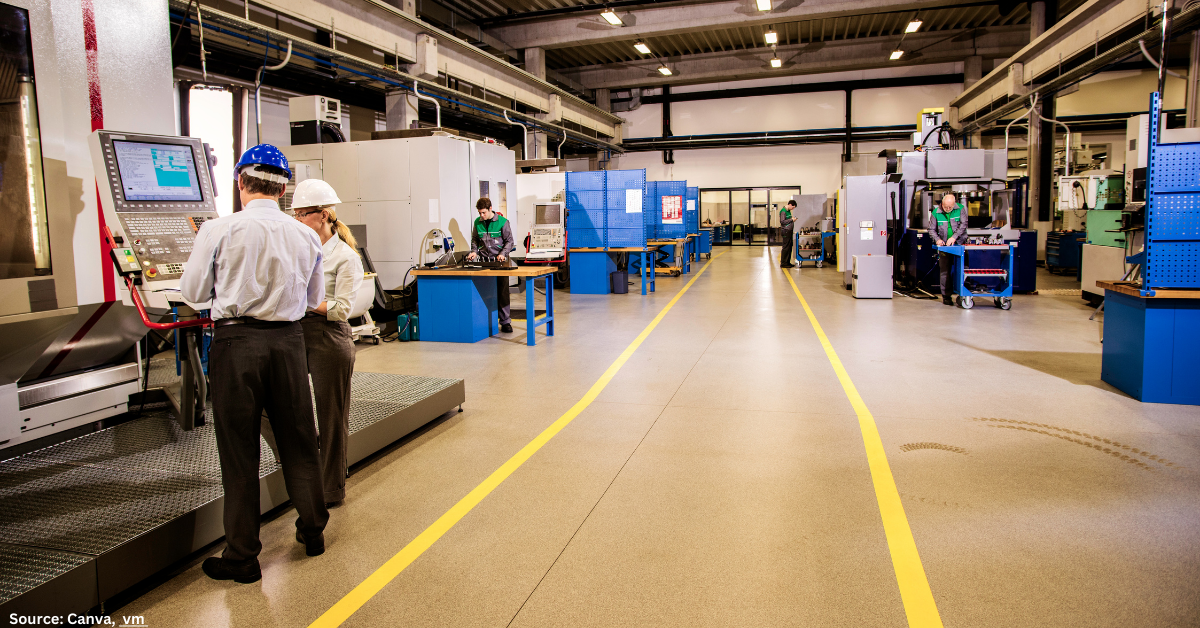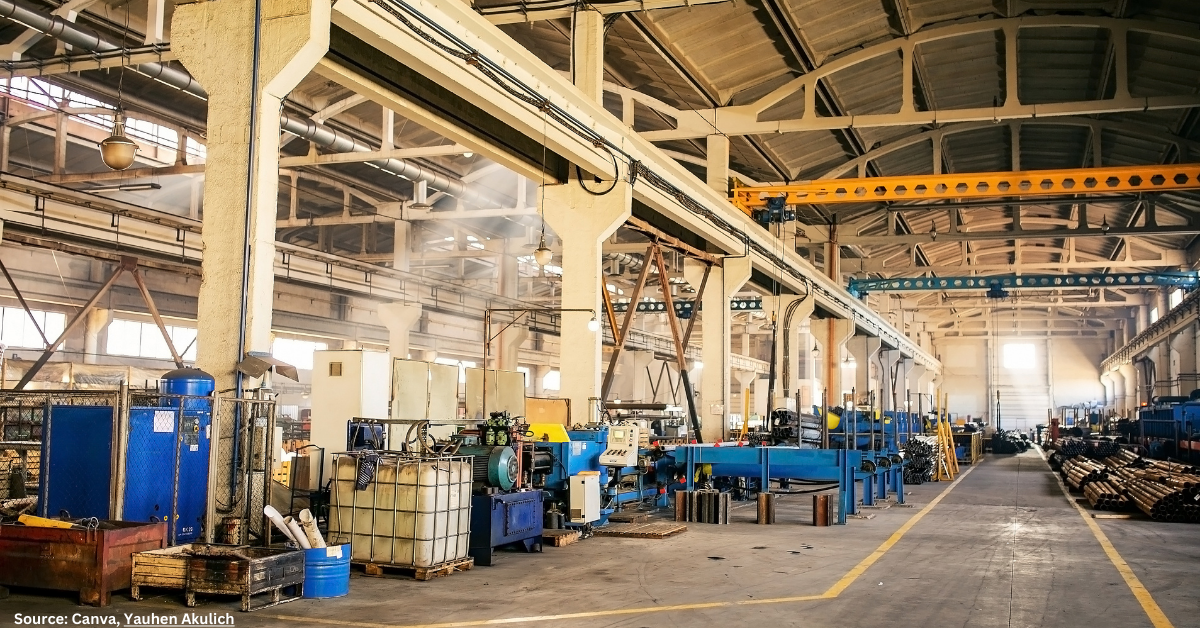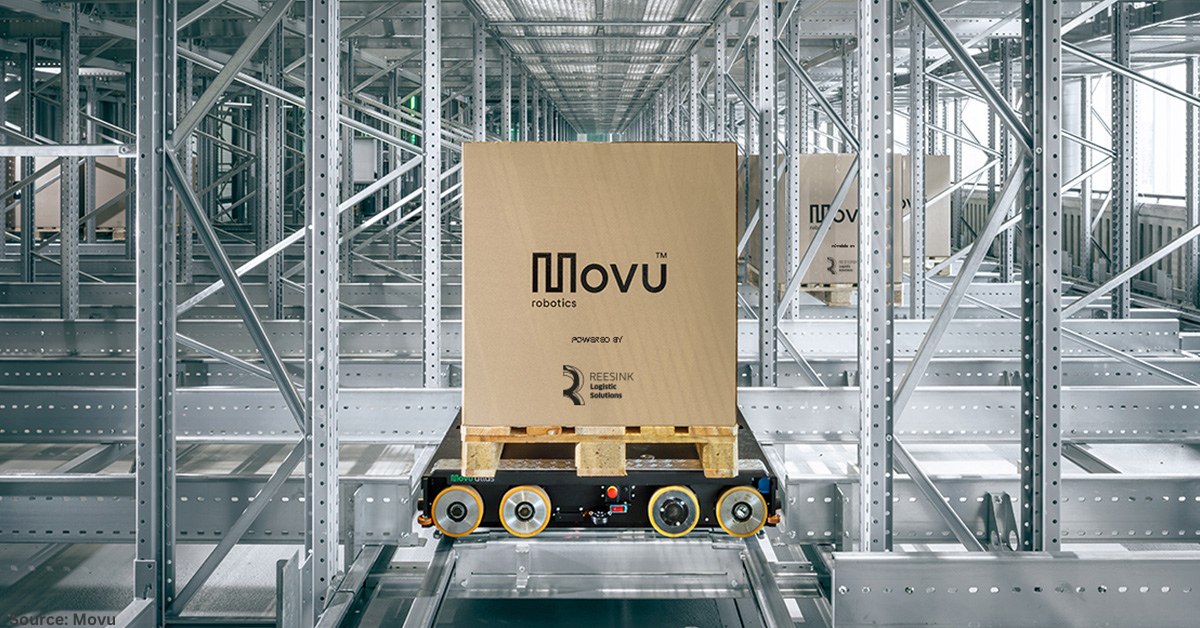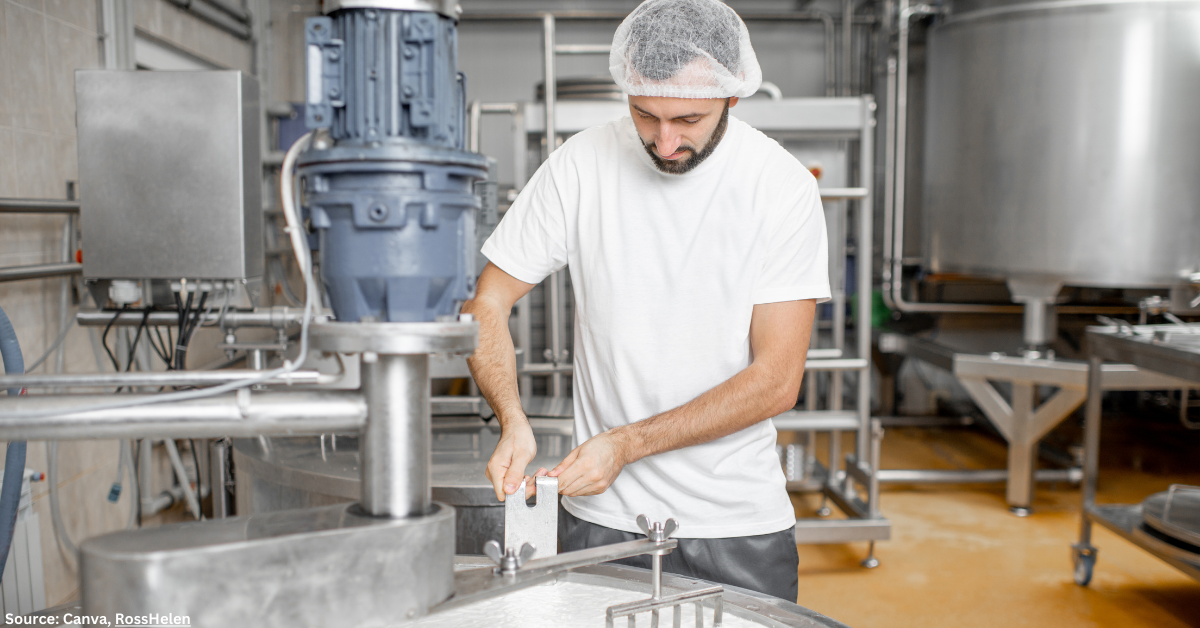Recycled roads are the next frontier for the “circular economy” to drive costs and emissions down.
Reclaimed asphalt, crumbed tyres, crushed concrete and glass could replace more than a quarter (27 per cent) of conventional raw materials in road construction, according to an Infrastructure Australia report released on Wednesday.
That equates to approximately 54 million tonnes of road construction material that could be replaced with recycled content, which could more than double with further advances in technologies and standards, their research shows.
Using greater quantities of recycled materials for roads would create 9.2 jobs for every 10,000 tonnes of recycled waste, compared with only 2.8 for sending waste to landfill, the report found.
In a so-called circular economy, materials get recycled and reused rather than being dumped – saving resources and cutting carbon emissions.
Minister for the Environment Tanya Plibersek said Australia’s transition to a circular economy will need new ways of thinking and new ways of working.
“This is one example of how it could be done,” she said.
“This will keep products like tyres, glass, concrete and asphalt out of landfill, and put them back to good use.”
Australia’s five-year infrastructure investment pipeline has grown by $15 billion over the last 12 months.
At the same time, wide-ranging supply pressures are challenging government budgets and increasing the risk that deadlines will blow out.
Infrastructure Australia’s acting CEO Adam Copp said there were significant disruptions to supply chains from the pandemic, volatile demand and, more recently, the war in Ukraine.
“This is causing delays and cost escalations for imported items, while delivery risks are being compounded by severe labour shortages that industry report as having the greatest impact on capacity,” he said.
Fast-rising costs and contracts going to entities not best placed to manage them, combined with lower profits, have contributed to a sharp rise in construction sector insolvencies in 2022.
“This leaves fewer companies to deliver the pipeline of work, with many already operating at 90 per cent capacity and above,” Mr Copp said.
The government, as Australia’s largest infrastructure client and major procurer of goods, has a key role to play in shaping market demand for recycled content.
The peak body for resource recovery, recycling and re-manufacturing said the new research identifying preferred materials would help kickstart an alternative supply chain.
Australian Council of Recycling CEO Suzanne Toumbourou said demand for materials for use in road construction projects was expected to hit $7.6 billion next year.
There were substantial economic, social and sustainability benefits in using more recycled materials, she said.
And with many roads pitted with potholes or broken by recent extreme weather, Australians may be keen to see recycled materials used more widely – and quickly.
With news from AAP.

























































Follow us on social media